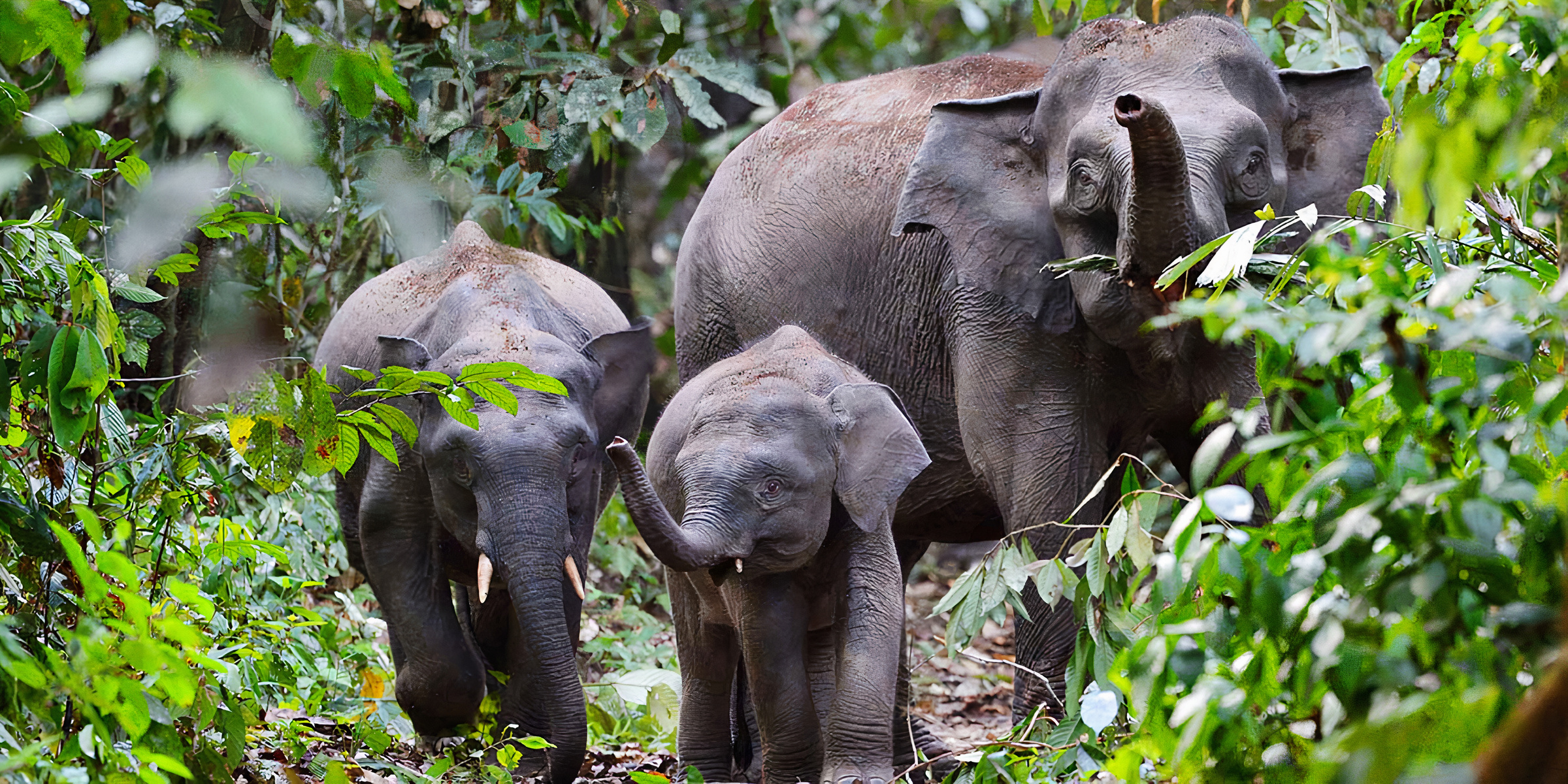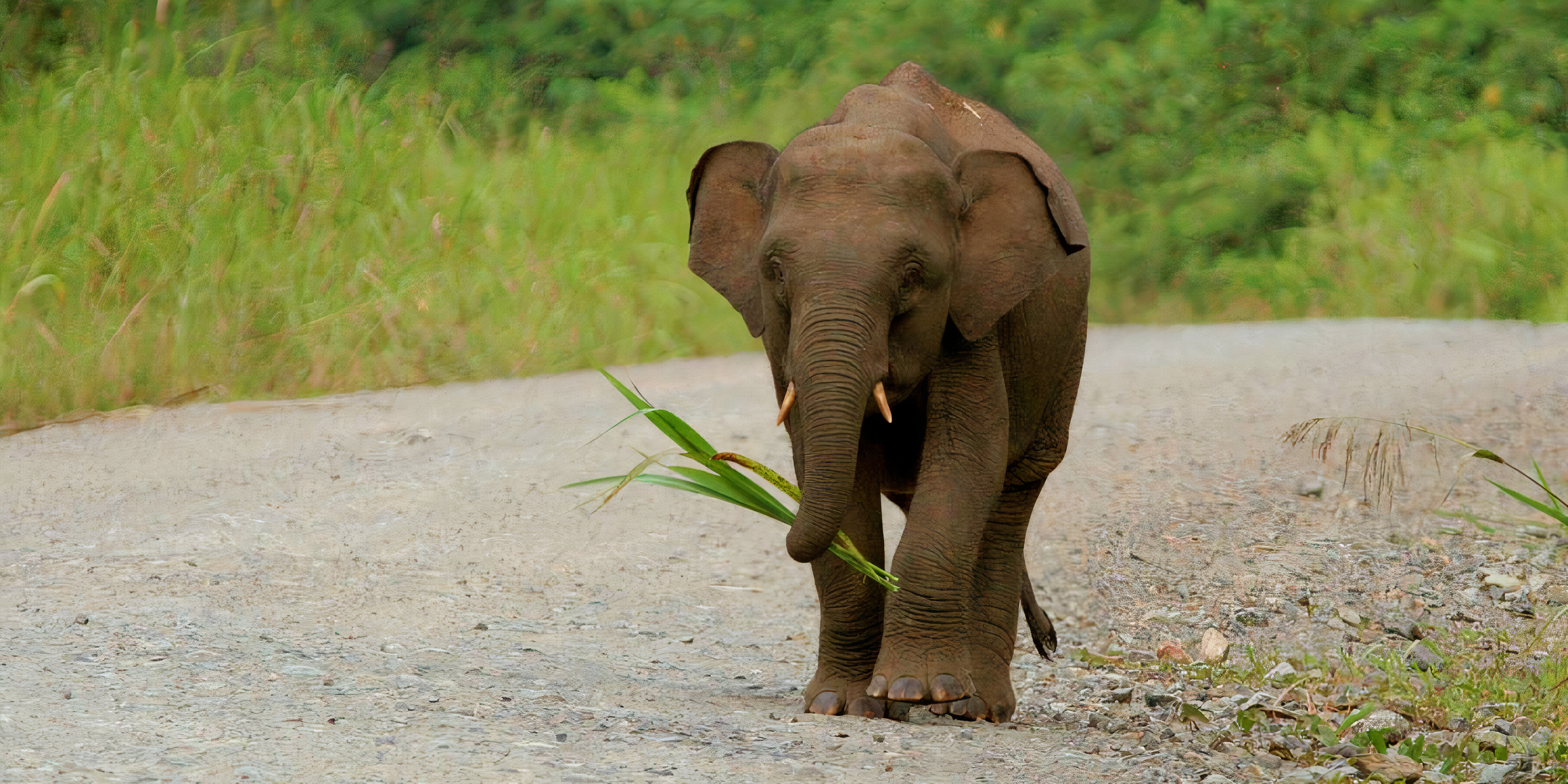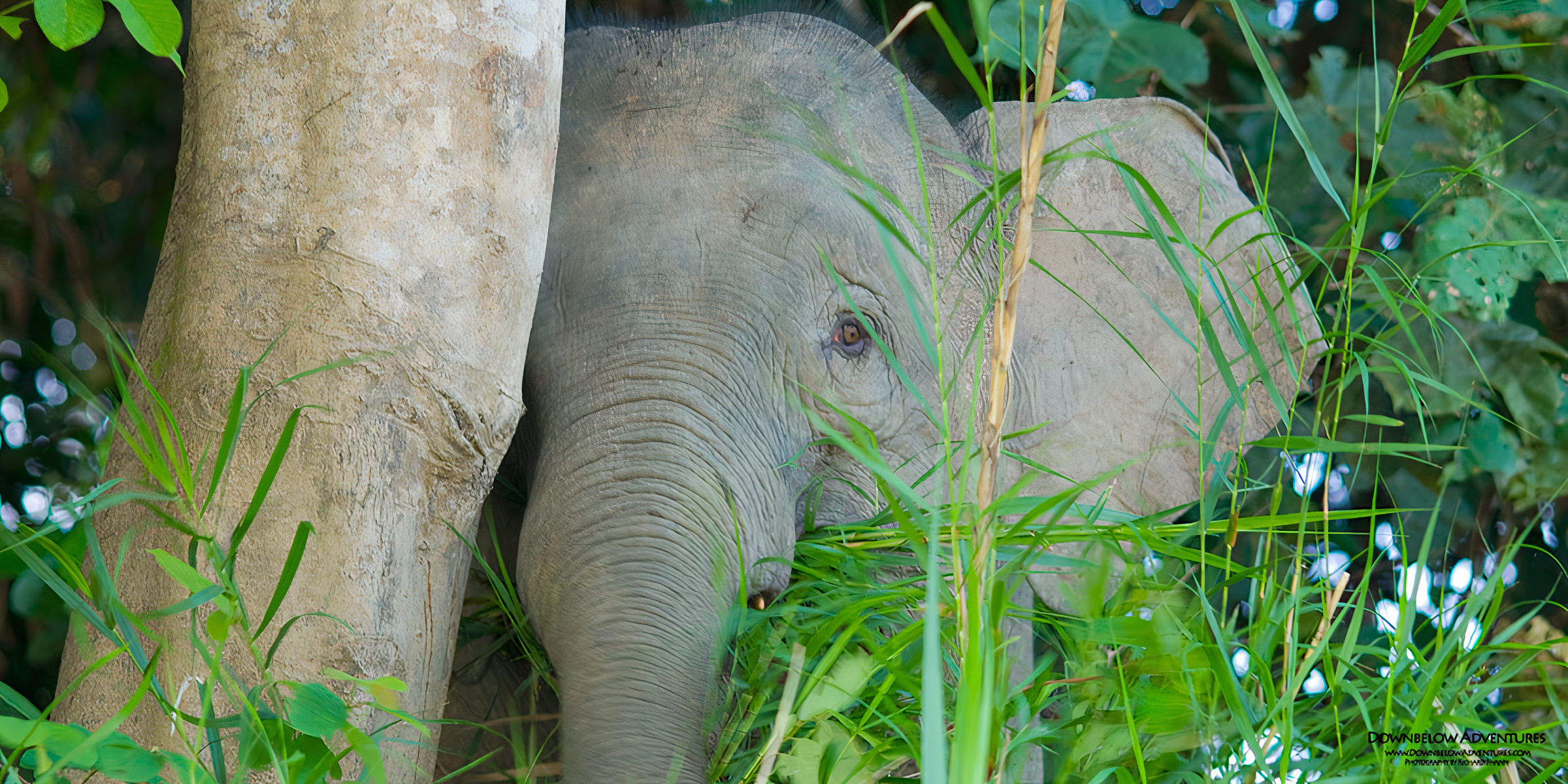Characteristics
SCIENTIFIC NAME: Elephas maximus borneensis
HEIGHT: 2 - 3 m
SPEED: 43 km / h
WEIGHT: 3 - 5 tons
BEHAVIOUR: Sociable animals in groups of 8 individuals each, that live in matriarchal hierarchy.
COLOUR: Brown, grey or black
LIFESPAN: 55 - 70 years
LITTER SIZE: 1 calf



